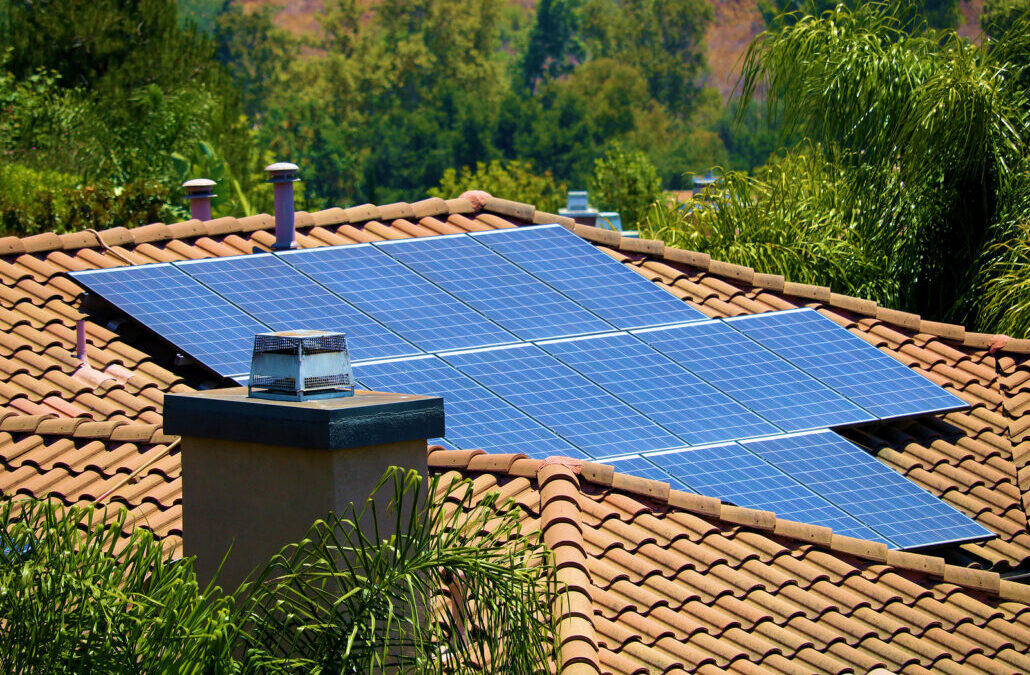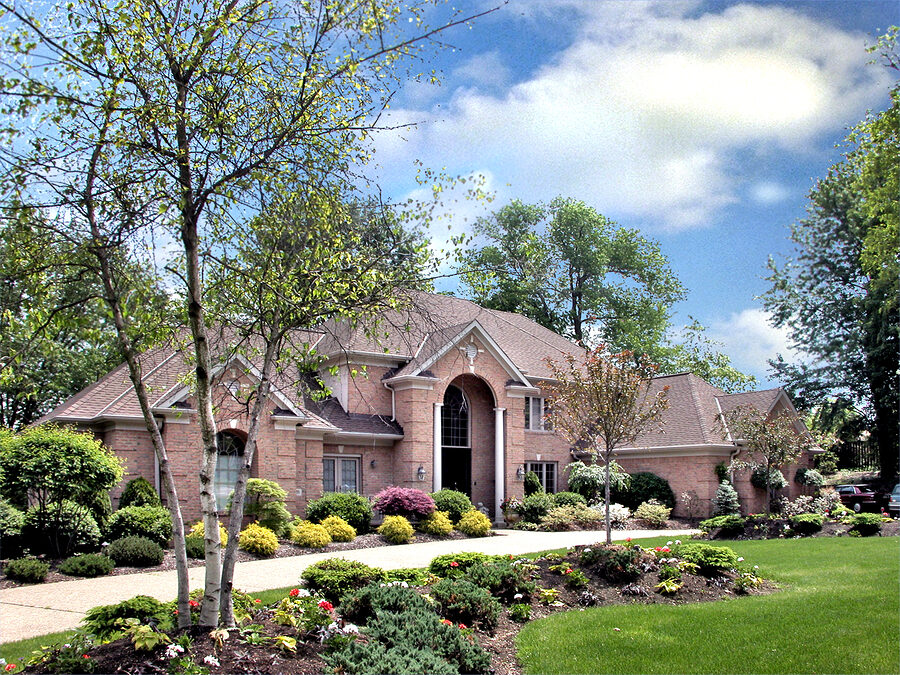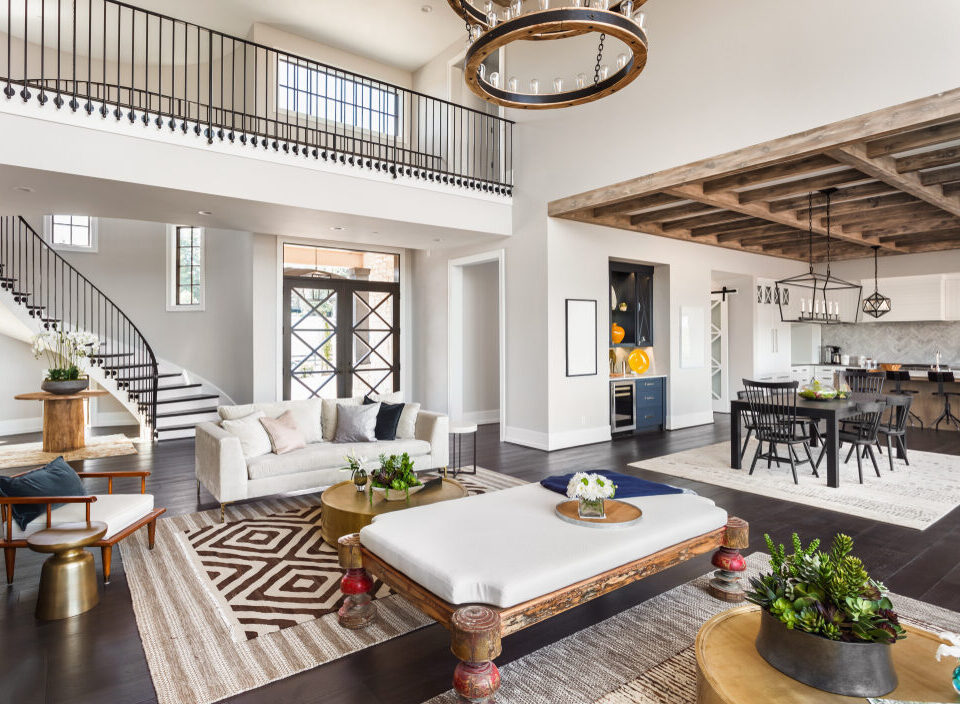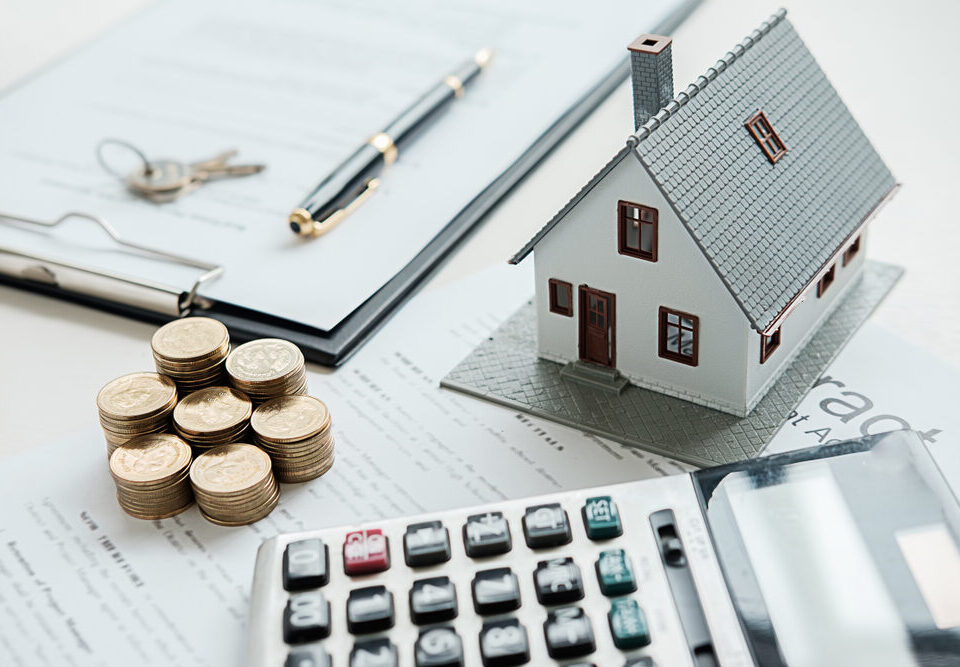THINGS TO KNOW IF YOU WANT TO INSTALL A HOME SOLAR ENERGY SYSTEM

The cost to install a home solar energy system has fallen rapidly over the past few years, and prices continue to decline. If you’re thinking about going solar, there’s no better time than during the design process for your new home. When you incorporate solar into your new home’s construction, you take advantage of solar’s environmental and financial benefits without having to retrofit your home with a solar installation later down the road.
In addition, owners of new residential and commercial solar can deduct 30 percent of the cost of installing a solar energy system from your federal taxes thanks to the investment tax credit (ITC), also known as the federal solar tax credit.
If you think you want to install home solar energy, here are a few things you’ll need to consider:
Orient the home for solar panels
It is important to have a large south-facing roof. If your home has a rectangular shape, one of the long sides should face south. This provides more roof space for your solar panels. You’ll need plenty of space if you want your solar system to produce all the electricity your house will consume throughout the year. A small south-facing roof will limit your space for panels, decreasing the possible size of the array.
Have a roof pitch of 30 to 45 degrees
The angle of the solar panels impacts the solar energy production. Mounting your solar panels at an ideal angle will increase the solar electricity output throughout the year. If solar panels are placed at a steep angle, they produce more electricity in the winter because the sun is lower in the sky. When panels are installed at a 0-degree angle, they produce more electricity in the summer because the sun is higher in the summer sky.
Strategically place dormers, vents, and chimneys
Solar systems generate the most electricity when they are completely unshaded, especially in the middle of the day. Even vents, dormers, and chimneys can create shadows on the panels, decreasing your energy output. It is important to strategically place these building features to maximize the energy production of your system and available space for mounting solar panels.
Avoid trees and building obstructions
Trees and buildings can shade your solar panels, causing a significant reduction in your solar energy production. When building a new home, locate the home clear from obstructions that will shade your solar panels. Even deciduous trees create branch shade during the winter months, significantly decreasing your energy production. If some shade is unavoidable, select solar equipment that is specifically designed for shaded conditions.
CONTACT US TODAY TO SCHEDULE AN APPOINTMENT!
Are you ready to harness the power of the sun and enjoy energy savings year-round? At Caroline Contractors LLC, we specialize in guiding homeowners like you through the process of designing and installing solar energy systems. From optimizing your roof layout to ensuring maximum efficiency, we’re here to make your transition to solar seamless and stress-free.
Don’t wait; contact us today to schedule an appointment and explore how solar can enhance your home’s value and sustainability! Whether you’re building a new home or considering a solar upgrade, our home construction company is proud to meet the needs of clients throughout Land O’ Lakes, Lutz, Wesley Chapel, FL, and the Greater Tampa Bay area.



